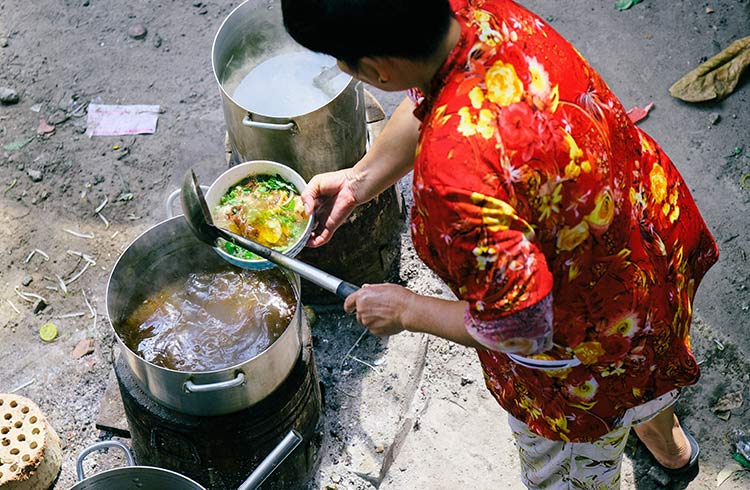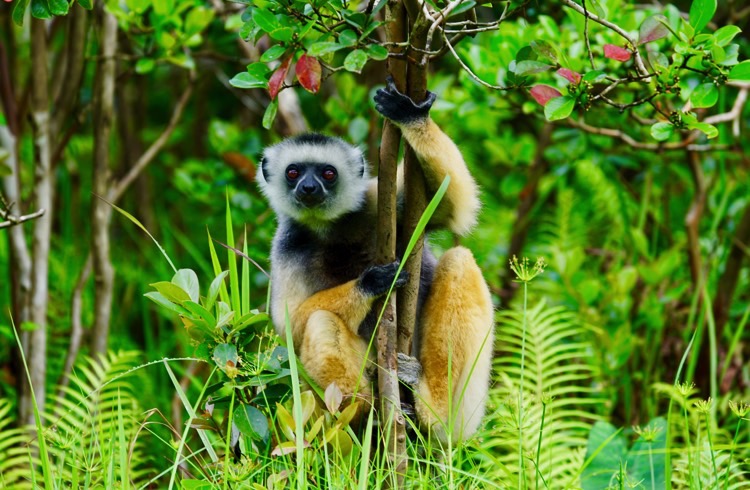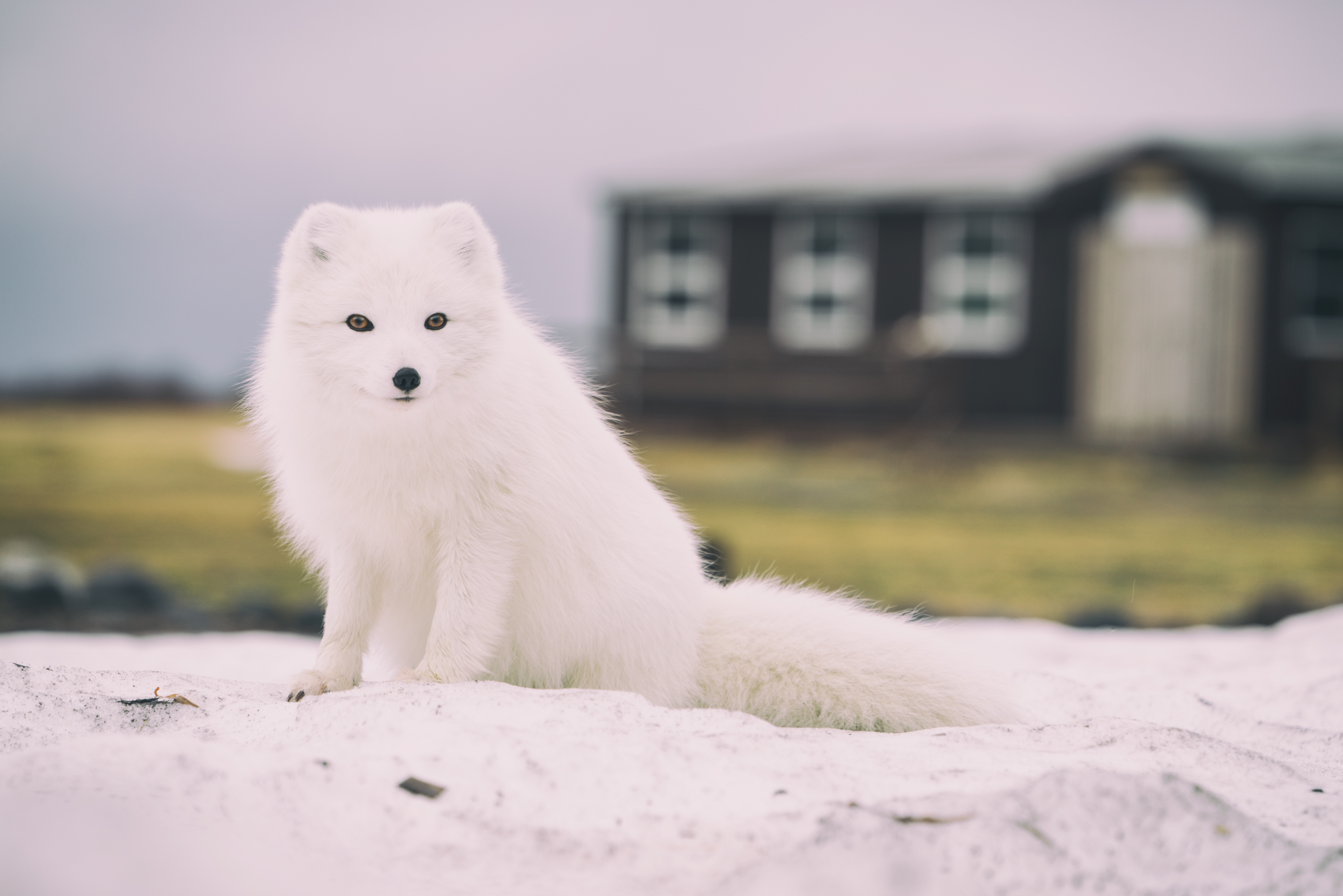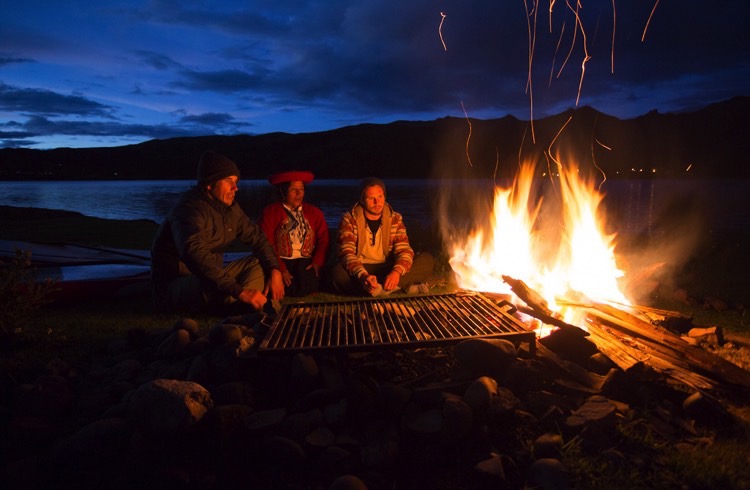Edible or Endangered? Eating Ethically on the Road
Food can be a minefield for the responsible traveler. Follow this guide to what you should and shouldn’t eat on your travels.
 Photo © Unsplash/Tinh Kuong
Photo © Unsplash/Tinh Kuong
One of the main reasons we travel is food – there’s nothing better than tasting local delicacies and experiencing the local culture through what they eat. However, it’s important to know which dishes or ingredients are ethical to eat and which should be avoided.
Do your research before you travel so you can enjoy your dinner without feeling guilty. Don’t eat something if you are unsure where it came from, or if it is endangered – it’s always better to err on the side of caution. Here is a cheat sheet on the foods you should and shouldn’t eat on your travels.
Foods to avoid
Animals that are endangered should never be on your dinner plate. Not only should you not eat them, but you also shouldn’t eat in a restaurant serving them.
Sea turtle meat and eggs
While sea turtles are widespread across the world, all seven species are vulnerable or endangered. Even in many countries where poaching sea turtles is illegal, you’ll still see their eggs on sale in markets or available on menus.
Found here: Indonesia, Mexico, Nicaragua, and Cayman Islands.
Shark
Sharks are threatened because of finning (removing the fin) including endangered species such as the vulnerable mako shark and scalloped hammerhead. Finning involves slicing the fins off live sharks before putting the injured sharks back into the water to die. Shark fin soup is a delicacy served on special occasions in China, although demand has declined in recent years. Hakarl is fermented shark meat that is served in Iceland. Both should be avoided.
Found here: South Africa, China, Malaysia, Iceland.
Tiger
According to Traditional Chinese Medicine, tiger meat is believed to have medicinal properties and is also seen as a status symbol. After Chinese authorities cracked down on the tiger meat trade, the country’s visitors have turned to other Southeast Asian countries to get their fix of the endangered mammal.
Found here: China, Laos, Myanmar, Thailand, Vietnam.
Pangolin
A type of scaly anteater, pangolins are highly trafficked animals despite being endangered and protected under international law. Their meat is considered a delicacy in China and Vietnam, while the scales are used to treat everything from asthma and kidney complaints to cancer.
Found here: China, Vietnam, Gabon, Equatorial Guinea.
Puffins
Puffins are vulnerable, with numbers down 60 percent in some parts of the North Atlantic. Long a staple of the locals’ diet, the bird’s raw heart is still considered a delicacy. While puffin hunting is illegal in Norway, it’s still carried out in other Nordic countries, where you will see it on some menus.
Found here: Finland, Iceland, Faroe Islands.
Civet Coffee
Civet coffee – made from beans collected from civet droppings – is a much sought-after and expensive coffee. While the civet is not endangered, the animals are usually captured in the wild, caged, and force-fed coffee beans. Although some coffee comes from wild civets, it’s often impossible to know how the coffee has been produced, which is why you should give this a miss.
Found here: Vietnam, Indonesia, Malaysia.
What can be ok to eat
While none of these species are endangered, check your conscience before you partake in any of these foods.
Dog
While dogs are clearly not endangered, there are other issues to consider. While most of the dogs destined for the dinner table have been farmed, others (particularly in China) may have been strays poached from the streets. These dogs may have eaten things that would be toxic to humans.
Found here: Vietnam, Laos, China, South Korea, Nigeria
Bluefin tuna
Whether it's ethical to eat bluefin tuna depends entirely on where it was caught. They are now extinct in the Black Sea and endangered in the Atlantic. Make sure to ask your server where it was caught – if they don’t know, it’s best to avoid it.
Found here: Canada, Japan, Mexico, US.
Seal
Seal is consumed in the Arctic Archipelago and is part of the indigenous Inuit diet. While seals aren’t endangered, the meat often comes from seals that have been skinned alive and harvested for their pelts. Again, it’s often hard to know how the seal has been killed, so if in doubt, avoid it.
Found here: Greenland, Canada, Japan, Norway, Iceland.
Do eat these dishes
The good news is there are plenty of exotic (to Western taste buds at least) dishes that are perfectly OK to try. Whether you like them or not is an entirely different matter.
Lionfish
Lionfish aren’t native to the Atlantic Ocean, Caribbean Sea, and the Gulf of Mexico so the predatory fish wreak havoc on ecosystems, which is the reason they’re spearfished and eaten.
Found here: Dominica, Venezuela, the US, the Bahamas.
Insects
Insects are the future of sustainable animal protein so go ahead and give them a try when you’re in areas where they are commonly eaten. Witchetty grub, crickets, and cockroaches are popular across Asia and in parts of Central America.
Found here: Thailand, Cambodia, Myanmar, Laos, Mexico.
Reindeer
Reindeer is a popular meal in Nordic countries, especially among the indigenous Sami population. Farmed reindeer are ethically raised in good conditions and are considered to be very healthy.
Found here: Norway, Finland, Sweden.
Camel
Camels are eaten across the Gulf and in parts of Africa – they are usually ethically farmed and reared just like cattle. Try camel milk, camel milkshakes or the (quite delicious) camel burger.
Found here: Morocco, Somalia, India, Egypt, the UAE.
Related articles
Simple and flexible travel insurance
You can buy at home or while traveling, and claim online from anywhere in the world. With 150+ adventure activities covered and 24/7 emergency assistance.
Get a quote


No Comments